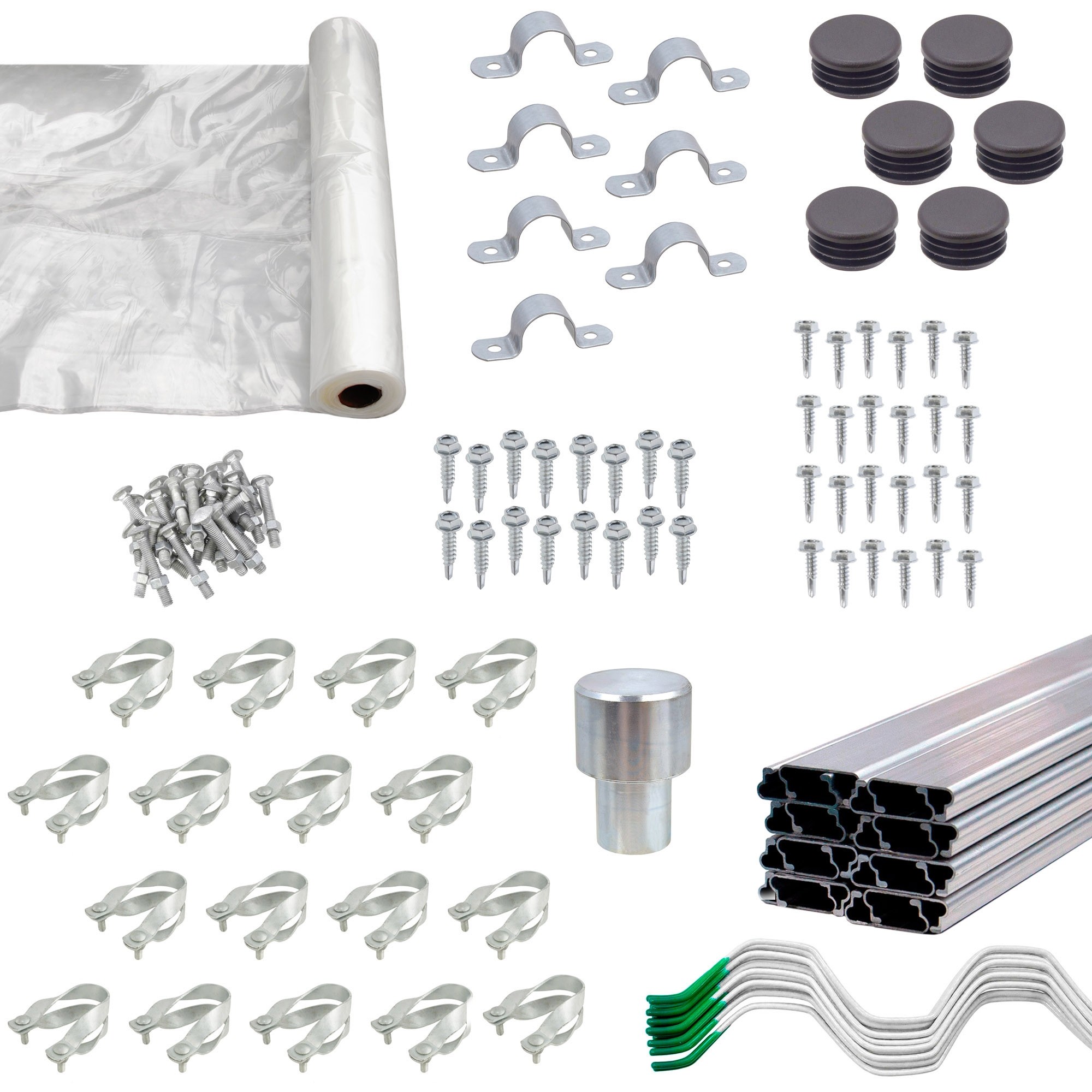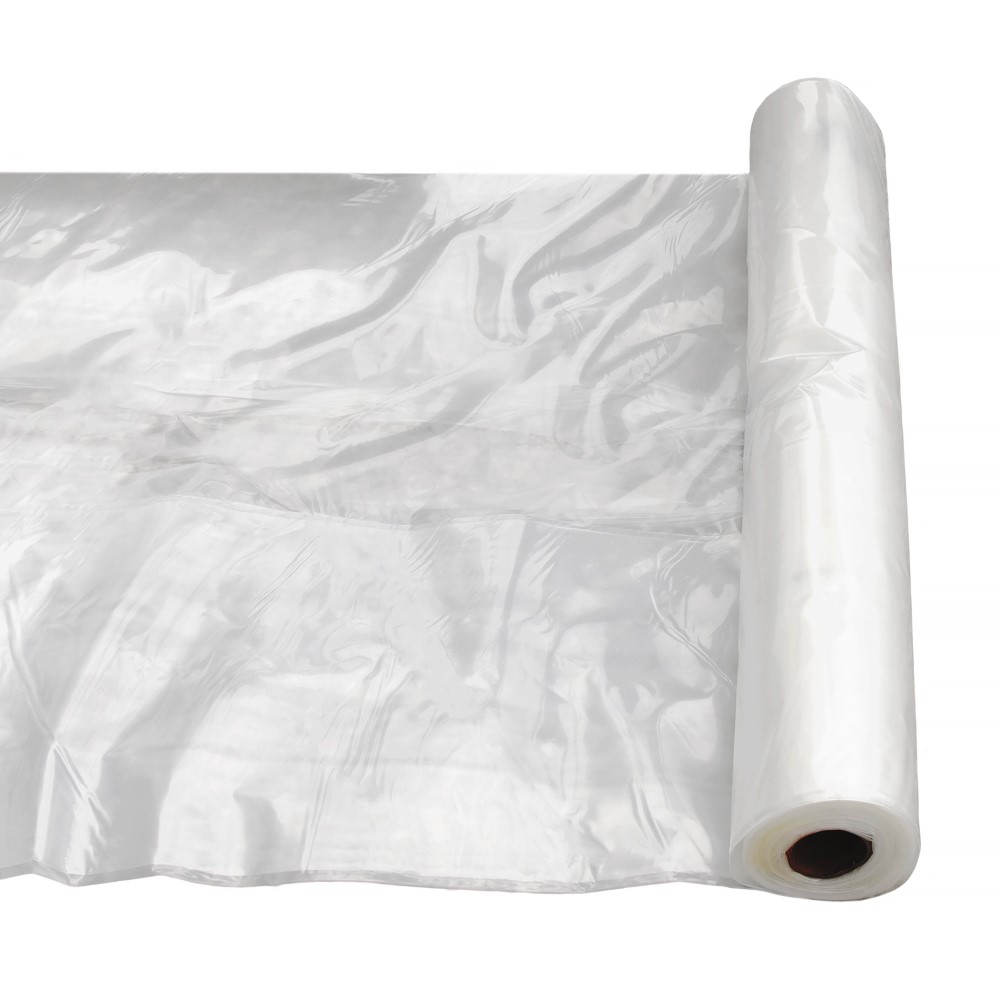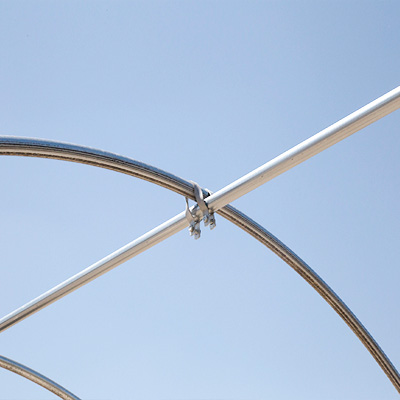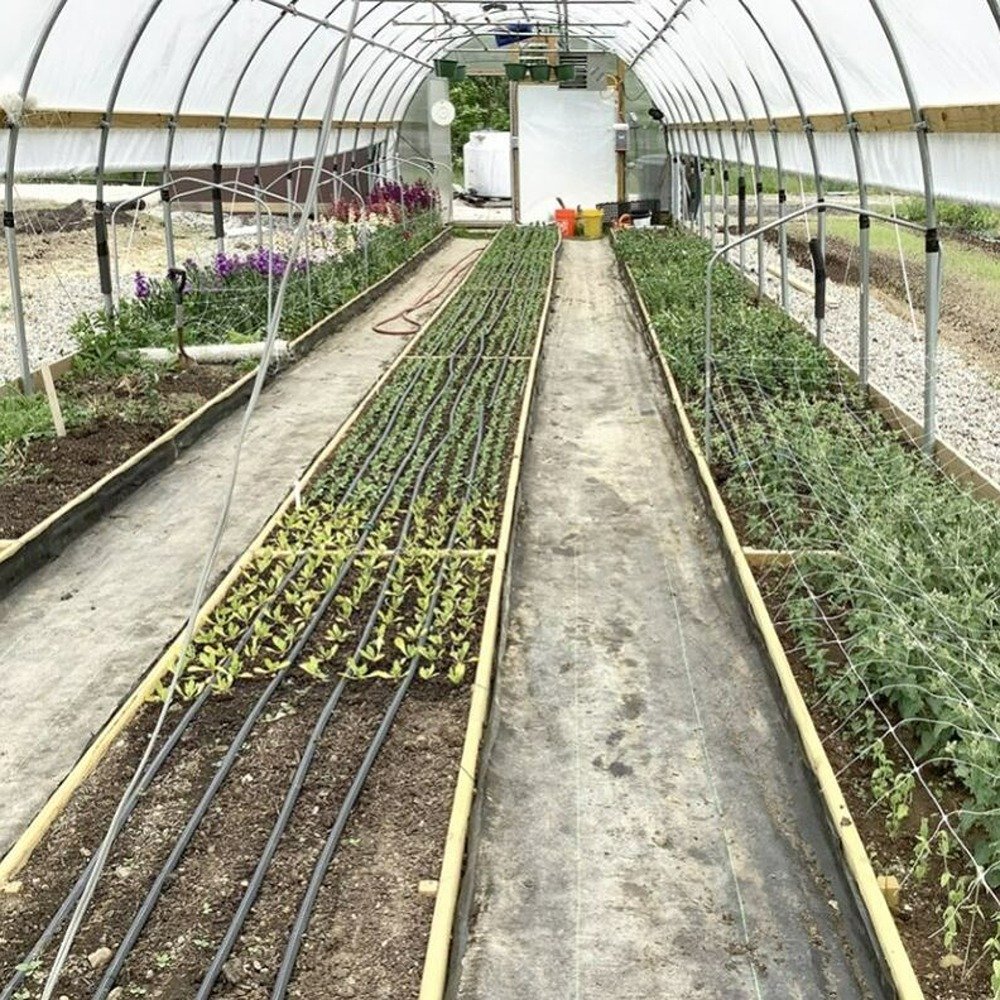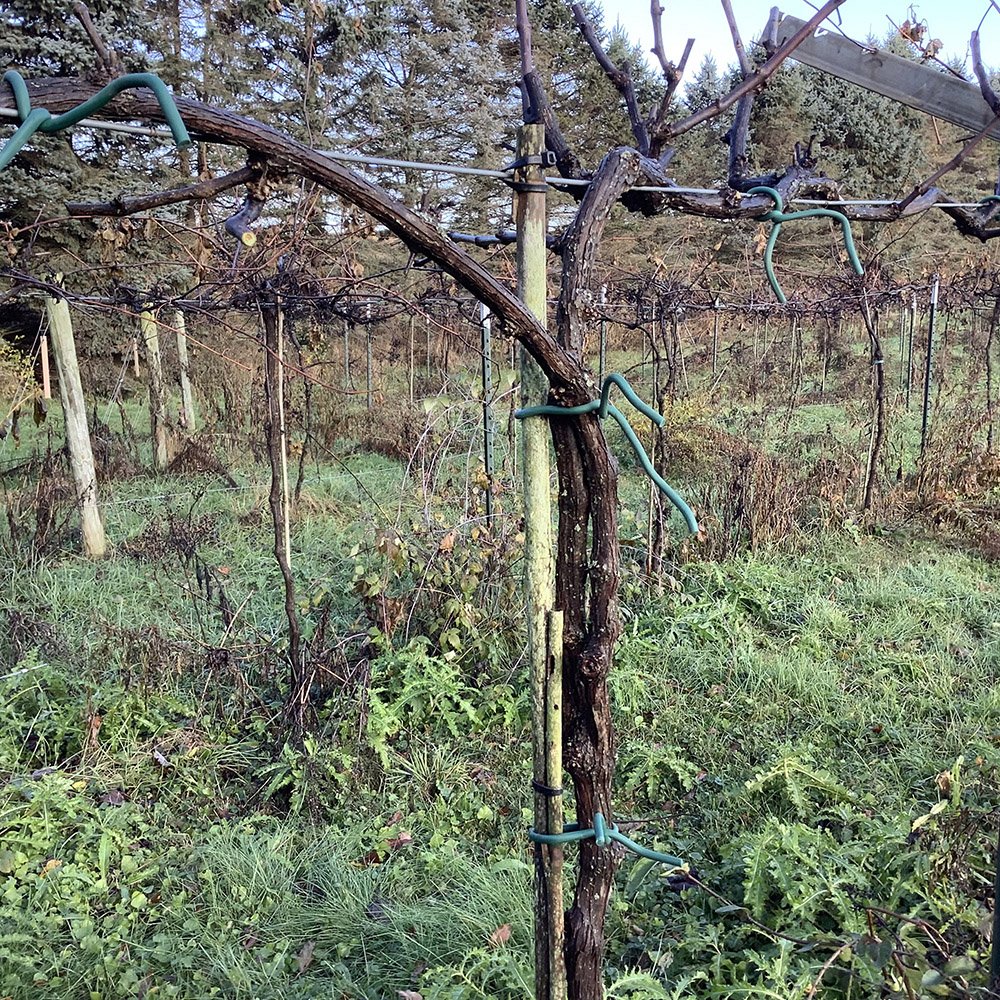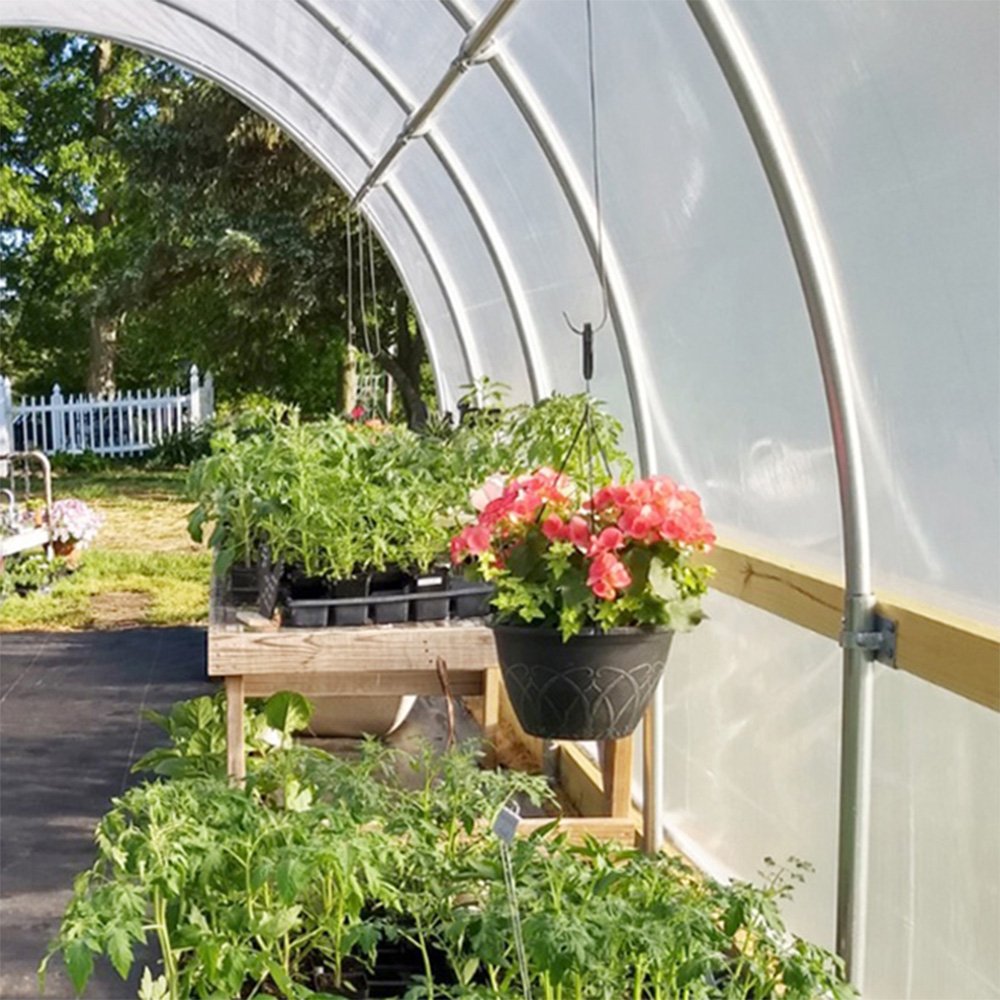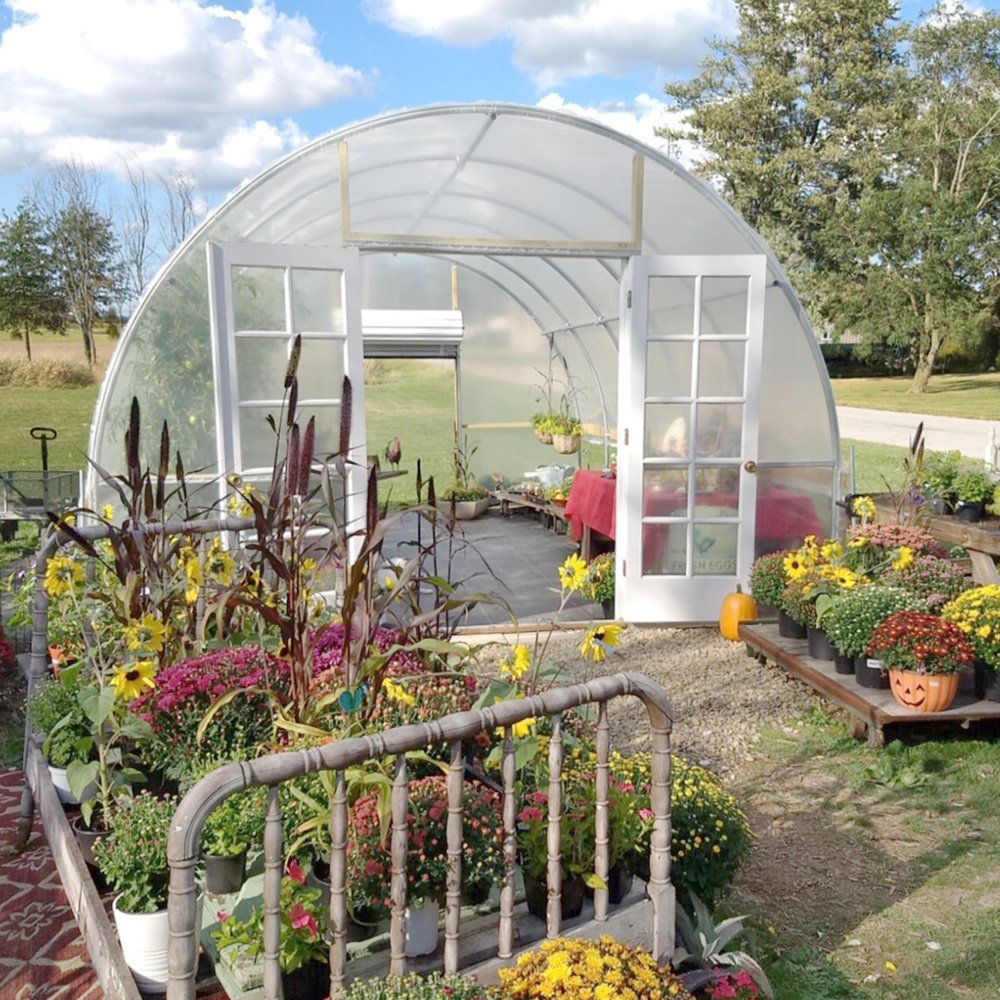Hoop houses are a popular and effective solution for extending the growing season, protecting plants from harsh weather, and maintaining a controlled environment for cultivation. While their benefits are numerous, hoop houses also come with their own set of challenges. Understanding the most common problems and how to address them is crucial for maintaining a functional, efficient, and long-lasting structure. From condensation to drainage, this guide provides troubleshooting tips and preventative measures to help you keep your hoop house in optimal condition year-round.
Condensation and Ventilation Challenges
One of the most persistent issues growers face with hoop houses is condensation. The buildup of moisture inside the structure typically results from poor ventilation, which can quickly lead to problems like mold, mildew, and fungal diseases. These issues are particularly troublesome for seedlings and sensitive crops that require drier conditions to thrive. Ensuring good air circulation is the first line of defense. Installing roll-up sides, ridge vents, or gable vents can significantly improve airflow and reduce humidity levels. It's also helpful to manually open doors or side panels during daylight hours to allow for cross-ventilation. Monitoring internal humidity and temperature with a hygrometer can help you make informed decisions about when and how long to ventilate.
Drainage and Water Management
Water accumulation in and around a hoop house can cause serious issues, including root rot, erosion, and even damage to the structure itself. Poor site selection or inadequate drainage planning are often to blame. Before construction, choose a location that slopes slightly to encourage natural runoff. After installation, consider installing drainage tiles or trenches along the perimeter to redirect excess water. Adding gravel or a layer of crushed stone beneath the hoop house can also help improve ground drainage. Furthermore, incorporating gutters along the roofline allows you to channel rainwater away from the structure and reduces the risk of water pooling near the base, where it can weaken anchors or frame connections over time.
Structural Stability and Weather Resistance
Although hoop houses are designed to be lightweight and flexible, they are vulnerable to damage from extreme weather conditions such as heavy snowfall, strong winds, and storms. Structural integrity can be compromised if bolts loosen, joints shift, or the frame becomes misaligned. It’s important to inspect the hoop house regularly, especially after adverse weather events, to tighten connections and assess the overall condition of the frame. Adding interior bracing or crossbars can strengthen the frame and provide additional resistance to lateral forces. In snowy climates, using a broom or snow rake to clear accumulated snow from the roof can prevent stress on the structure. Securely anchoring the hoop house to the ground with heavy-duty stakes or screw anchors adds stability and reduces the risk of the entire unit lifting or shifting during wind events.
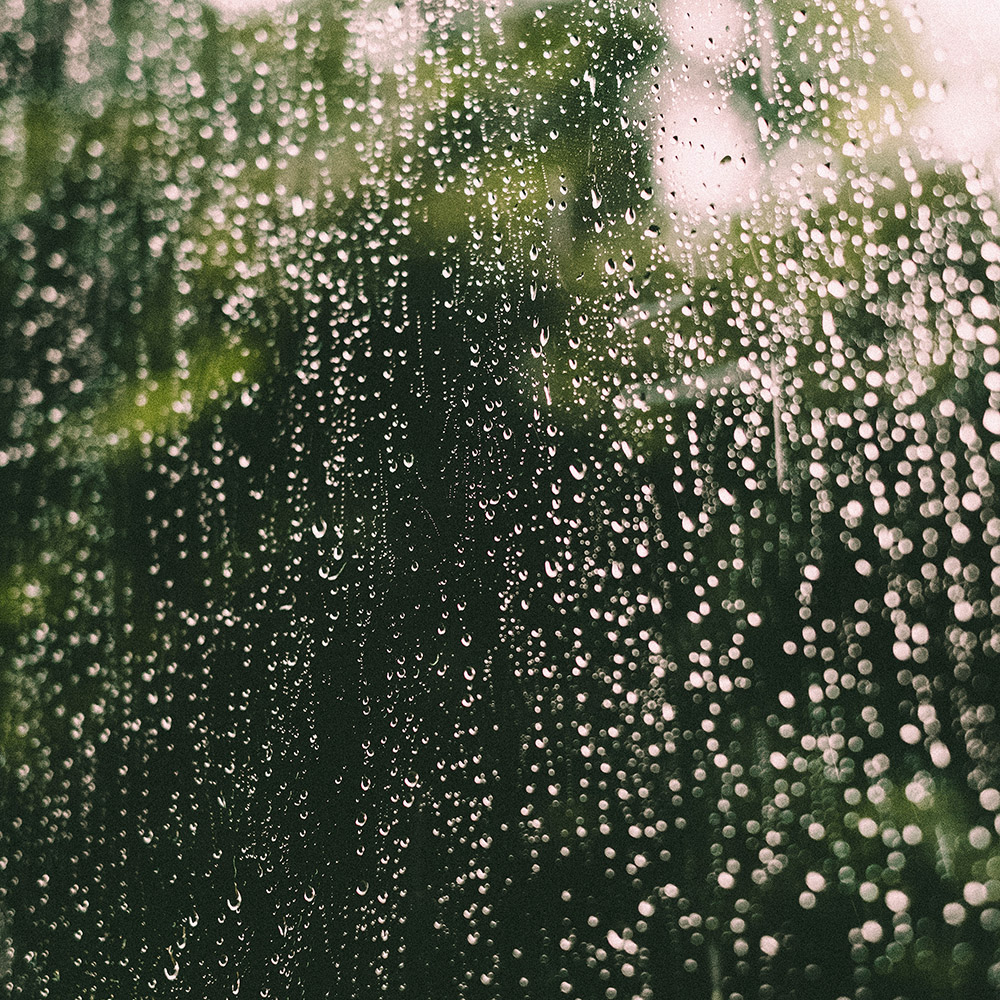
Soil Health and Fertility Management
Maintaining soil health within a hoop house requires a proactive approach, as enclosed growing environments can lead to nutrient imbalances and salt accumulation over time. Limited exposure to natural rainfall and leaching makes regular soil testing essential. These tests can inform your decisions on fertilizer application, organic amendments, and pH adjustments. Incorporating compost, well-rotted manure, and other organic materials helps maintain soil structure, boost microbial activity, and replenish essential nutrients. Rotating crops and planting cover crops between growing seasons can prevent soil fatigue and reduce pest and disease pressure. Raised beds or designated planting rows can also improve drainage and reduce compaction, further supporting soil vitality and long-term productivity.

Plastic Covering Maintenance
The plastic covering on a hoop house is a key component in controlling temperature, humidity, and light levels. However, it is prone to wear over time due to UV exposure, wind abrasion, and seasonal temperature changes. Regular inspection of the covering is essential to identify small tears or weak spots before they develop into larger problems. Use greenhouse repair tape or patch kits to address minor damage quickly and effectively. Periodic cleaning of the plastic surface with a mild soap and water solution can help remove dust, algae, and other debris that reduce light transmission. It’s also advisable to replace the plastic every few years depending on the material’s durability and condition to ensure continued performance and to maintain a stable growing environment inside the hoop house.
Pest and Disease Control
Although hoop houses offer protection from many outdoor pests, they can still become breeding grounds for insects, mites, and fungal diseases if proper precautions are not taken. The warm, moist environment can accelerate the lifecycle of many pests and create ideal conditions for pathogens. Implementing an integrated pest management (IPM) strategy is critical. This includes regular scouting for pests, using insect screens on ventilation openings, and introducing beneficial insects when necessary. Practicing sanitation, such as removing dead plant material, disinfecting tools, and avoiding overwatering, can reduce the spread of diseases. Rotating crops and selecting disease-resistant plant varieties are also effective long-term strategies. Paying close attention to environmental conditions and responding quickly to signs of trouble will help maintain a healthy growing space.
Regular Maintenance and Monitoring
Preventative maintenance is one of the most effective ways to ensure your hoop house remains in good working condition. Establishing a regular schedule for inspecting structural components, checking the condition of the plastic covering, and monitoring environmental controls can help you catch issues before they become serious. Record keeping is especially useful for tracking recurring problems and identifying patterns over time. Document repairs, maintenance tasks, and seasonal changes in environmental conditions to better anticipate future needs. Staying attentive and proactive will not only extend the life of your hoop house but also contribute to better crop yields and more consistent production throughout the year.
Contact Us
If you're facing issues with your hoop house or want expert advice on maintaining optimal growing conditions, we're here to help. This guide covered essential troubleshooting tips for ventilation, drainage, structural stability, soil health, and more. Our team is committed to helping you prevent damage and extend the life of your hoop house through proven solutions and quality support. Whether you're building a new setup or maintaining an existing one, don't hesitate to reach out. Reach out to us today and let our knowledgeable team assist you in getting the most out of your growing season.
Contact Us
